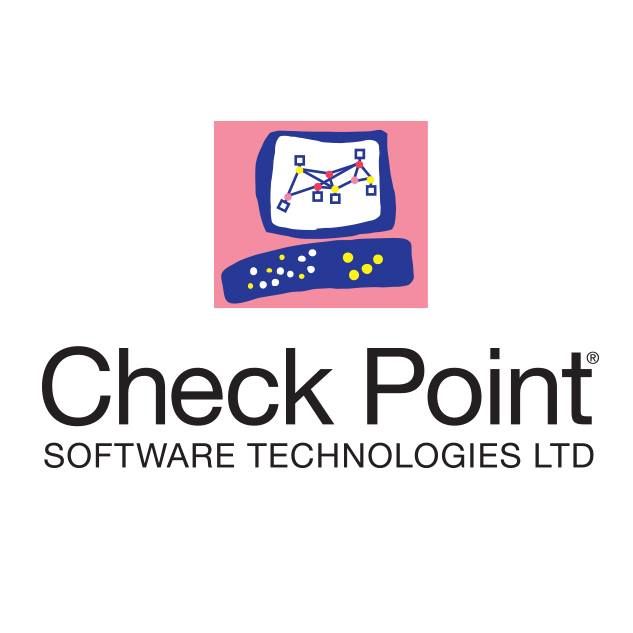153 reads
How the Security of Remote Work Has Evolved With the Rise of Zero Trust
by
January 9th, 2022
Audio Presented by

Welcome to the Future of Cyber Security. Providing solutions across all vectors to prevent 5th generation cyber attacks.
About Author
Welcome to the Future of Cyber Security. Providing solutions across all vectors to prevent 5th generation cyber attacks.